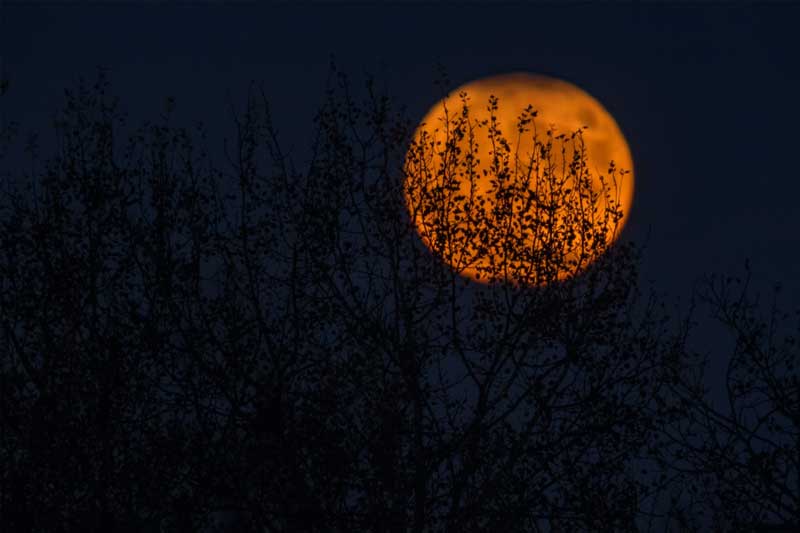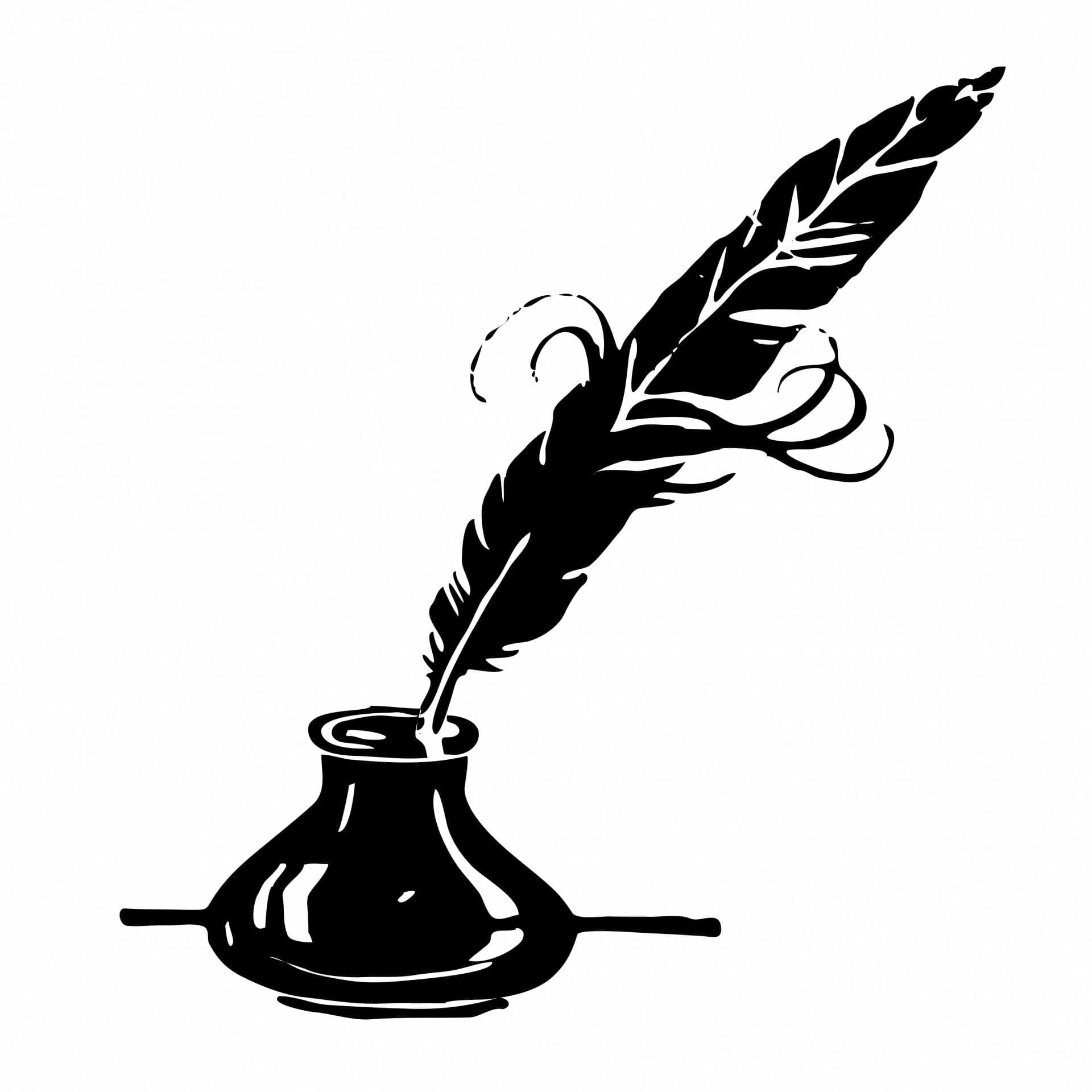This is a guest post and Buy Religious does not necessarily endorse the following content.
The answer to “Do Christians Celebrate Halloween?” may surprise you!
We must admit that coming from a Protestant past, Halloween was always something that was best to be avoided. Over time our ideas of what Halloween commemorated and where it originated has changed repeatedly. However this tended to be because we accepted the tales of others, as opposed to making sure that we were historically accurate in what we looked into. These ideas of what Halloween was truly about finally came to an end as we researched what and where it came from. We no longer wanted to fall for the same mistakes. We knew that since we had come into communion with the Catholic Church, that we wanted to make the right decision regarding how to handle the Halloween holiday.
Why Do Catholics Celebrate Halloween?
Surprisingly, we found that it is actually a Catholic day of celebration. With us having previously been against all things Catholic, it made sense to us why we could never figure out the truth of Halloween. Since we would have immediately discarded anything that would have attached Catholicism to it, we would never have been able to learn the history of the great celebration. So where did it come from and what is its purpose?
The Story of Halloween
To understand where Halloween originated from we must first look into the very beginning of Christianity. In the first three centuries the church existed mainly underground due to persecution. During this time Martyrdom was common among God’s people. The most honored of these Martyrs were honored locally by the preservation of their relics. In fact we see that this veneration of relics was a part of the Church from the very beginning within Scripture.
Acts 19:11-12 – “that when face cloths or aprons that touched his skin were applied to the sick, their diseases left them and the evil spirits came out of them.”
We also see this again in the middle of the second century with Polycarp. After he had been burned to death, it is written about him:
“we at last took up his bones, more precious than precious stones, and finer than gold, and put them where it was we meet. There the Lord will permit us to come together according to our power in gladness and joy, and celebrate the birthday of his martyrdom, both in memory of those who have already contested, and for the practice and training of those whose fate it shall be.”
The Early Origins of Halloween are Closely Tied to the Relics of the Saints
It is because of this local veneration of the martyrs being tied to the relics that explains why these celebrations were slow to spread from one community to another. It was only after, in the middle of the forth century, that the practice of moving the mortal remains of the martyrs from the original place of burial to a more suitable location in an existing church took place, especially when the tomb had been a considerable distance away from the city itself. This practice facilitated the removal of individual relics of a martyr, for example, a small bone from the rest of the body. It was then transported to another city. In this, the churches gradually began to add to their own calendar’s the festivals of martyrs from other places.
Now while the church had seen persecution since the beginning, nothing it had seen was like what was to come against it during the end of the twenty one year reign of Emperor Diocletian. During this time a most deadly persecution of the Church took place. This was the last and most deadly of the ten persecutions of the early Church. Martyrs numbered so high that in some areas it was impossible to commemorate even the most noble of these sacrifices. It became evident that there needed to be a feast day to commemorate all of the Martyrs who had given their lives for Christ. This was not a worship of the saints themselves. Early Church theologians make quite clear that true worship belonged to God alone, but that the saints were to be honored as faithful disciples of Christ.
The Feast of All Saints Day
These feasts took place in several places on different dates as early as the middle of the fourth century. Then on May 13, 609/610 a significant event took place. The Roman Pantheon, which was a temple erected by Agrippa to Jupiter the Avenger, and to Venus and Mars, was consecrated by the Pope Boniface IV to the Virgin Mary and to the Martyrs. This was the first instance at Rome of the transformation of a pagan temple into a place of Christian worship. This date of May 13 was the original date for the “feast of all Martyrs.” In A.D. 741 the feast changed to include all of the Saints in heaven, not just for the martyrs. This commemoration took place at St. Peters, where the name of the feast changed to “All Saints Day.” Then in A.D. 844 Pope Gregory IV moved the date of this feast to November 1st, extending the feast to the entire Church. While some speculate that it was to substitute a feast of pagan celebrations during that particular time of year, it was more accurately acknowledged to be moved for correlating the feast around the time of the harvests in order to be able to provide food for the pilgrims.
The Feast of All Souls
There is also another feast that takes place around this time. That is the “Feast of All Souls.” This feast is to honor those who have died but are being purified in purgatory. This particular feast developed more gradually over time. In the early days of Christianity the names of the departed were entered into the diptychs. (these were the “notebooks” of the time, made of wood, ivory, bone, or metal.) In the sixth century it was customary in Benedictine monasteries to have a commemoration of the departed members at Whitsuntide. (This is the time of the feast of the Decent of the Holy Ghost upon the Apostles, otherwise known as Pentecost.) In Spain during the time of St. Isidore, A.D. 636 this feast took place before Pentecost. In Germany around A.D. 980, we find a written account from Widukind, the Abbot of Corvey, that there was already in place a time-honored ceremony of praying to the dead on October 1. This practice was accepted and sanctified by the Church in A.D. 1048 by St. Odilo of Cluny. He ordered the commemoration of all the faithful departed to be held annually in the monasteries of his congregation. From this point it spread among the other congregations of both the Benedictines and the Carthusians.
Well, now that we have discussed How the Church came to commemorate both All Saints Day and All Souls day, where does Halloween come in? Many modern day neo-pagans and “witches” have worked very hard to create the belief that the acts surrounding Halloween began during the time of Celtic pagan celebration, this is not true. While the Celtic people did practice the festival of Samhain on October 31 through November 1, they practiced festivals at the end of each month and so the claim that Halloween originated with the neo-pagan Druid people is an inaccuracy. Halloween came about because of All Saints Day on November 1. In A.D 1484, Pope Sixtus IV established this day as a Holy Day of Obligation. A day when all Catholics were to attend Mass. He also established a vigil for this day. In England, the saints/holy people are called “hallowed.” Since November 1 would then be called “All Hallow’s Day,” The evening before the feast (known as the e’en) became known as “All Hallow’s Eve” and then eventually this vigil had its name shortened further to be known as “Hallowe’en.” There was also an eight day period (octave) created to celebrate the feast.
This feast’s liturgical observances have changed over the centuries since its formation. in 1955 for instance the octave and vigil of All Saints Day were abrogated. No longer was there a separate vigil on the Church calendar, but the celebration of All Saints Day begins on the evening before, which is on the day that Halloween is celebrated.
So Do Christians Celebrate Halloween? Or Should They?
So what does this mean for God’s people? What exactly is this point of all these feast days? It is a time to reflect on the Communion of Saints. On the Mystical Body of Christ. On the Unity that is found within the Family of God. The first day, October 31, while no longer a part of the Church calendar, for many, is a day of celebration. A day for us “The Church Militant” to remember our roles in Christ’s Mystical Body. That we are to strive to live a holy life and to enter, upon death, into the Glory of the Holy Trinity. We (if desiring to do so) dress up in imitation of those Saints whom we admire as a reminder for us in how we wish to proceed in our own lives. The next two days are days of solemnity. November 1st – All Saints Day – is the day we pray and honor those who have entered already into the Presence of God. “The Church Triumphant” Nov 2nd – All Souls Day – is the day we honor and pray for those who have passed on but are in purgatory and have not yet entered into God’s presence. These days are meant to bring us into a reminder of what exactly “the communion of saints” refers to. It is when we are refreshed with the understanding of who all makes up the Mystical Body of Christ and what role within the Body that each of us plays. It is a time to commemorate all who are have become a part of the Family of God.
So with pure Christian Joy, in the hopes of taking back this wonderful day of celebration from the world that has distorted its true meaning and purpose, we would like to end this with a Happy Halloween.


